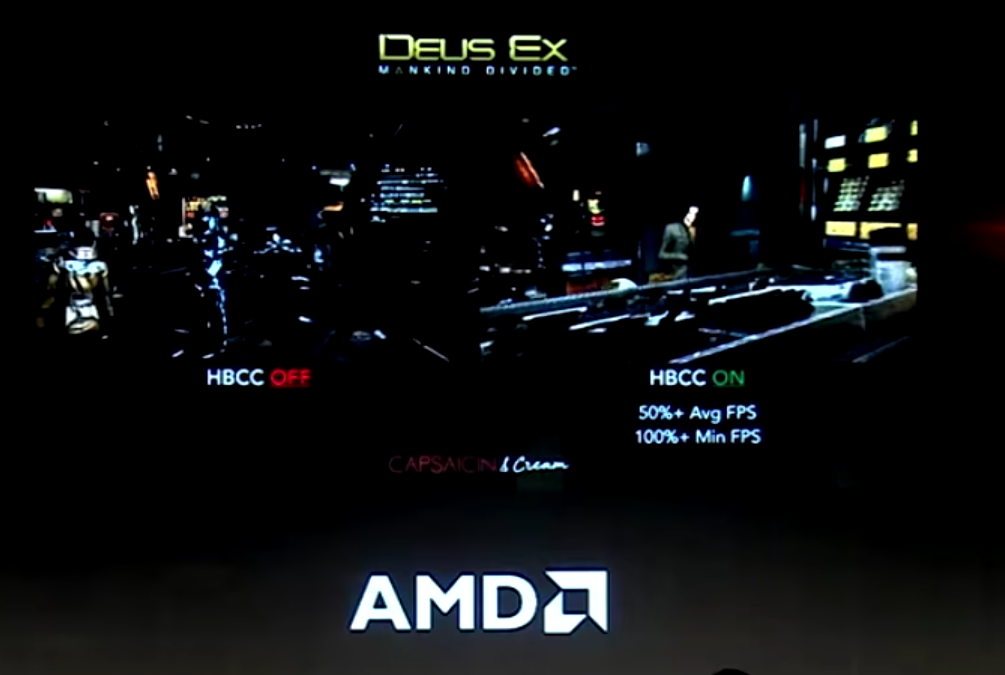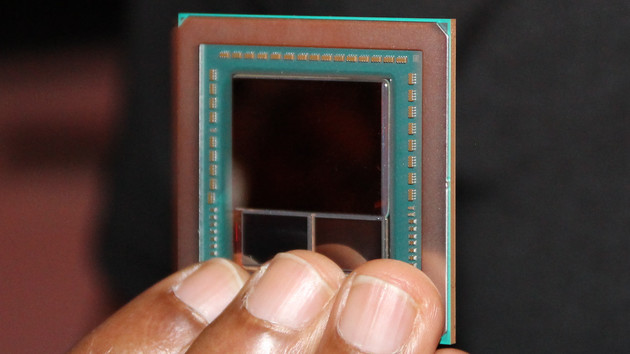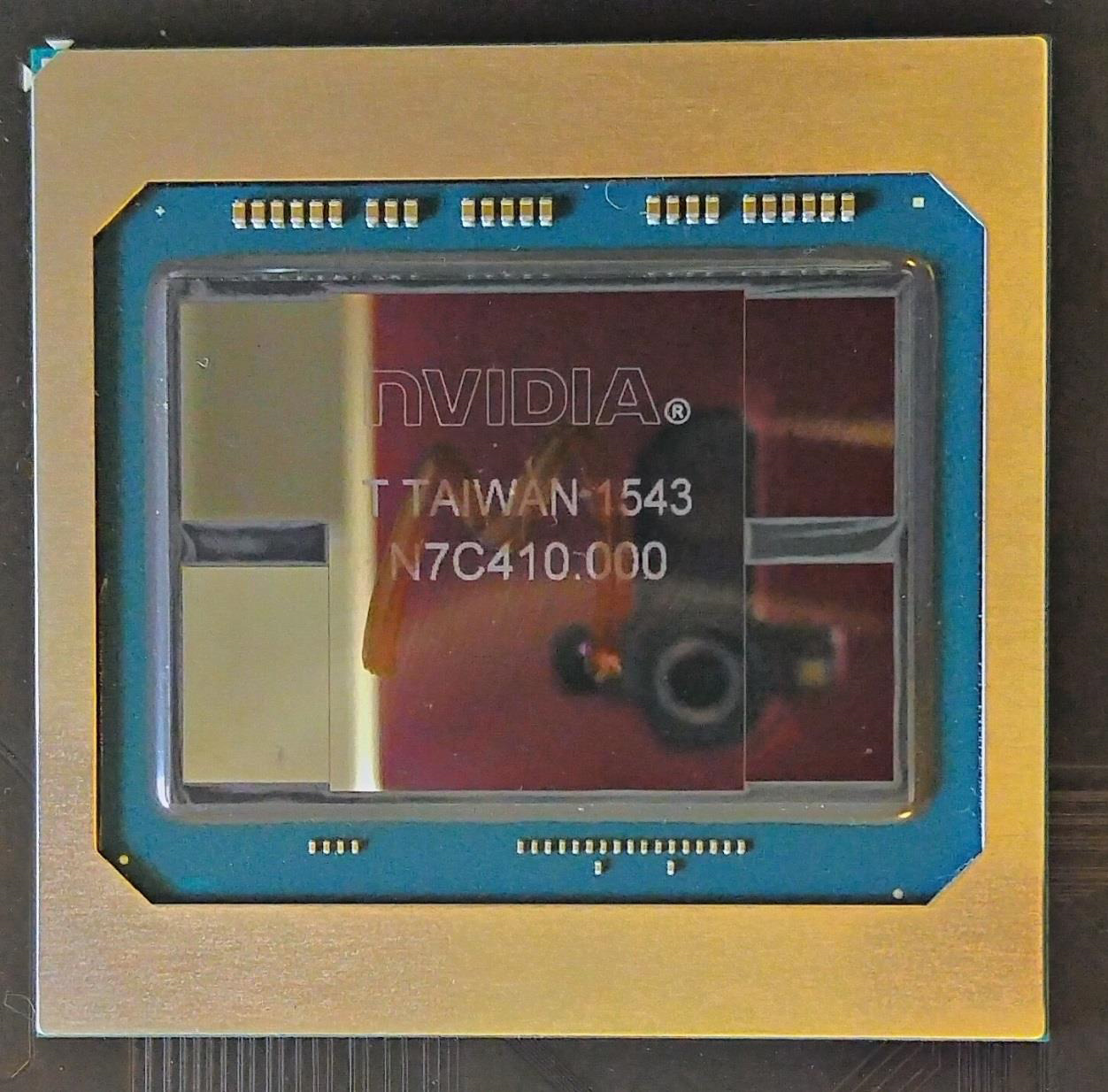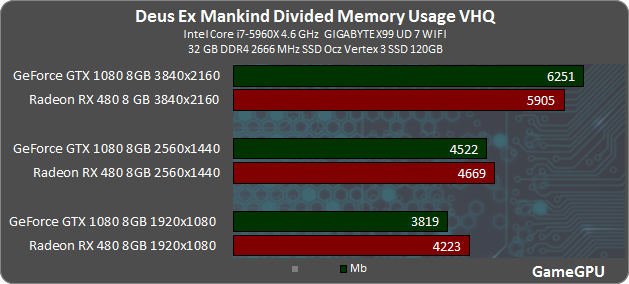lolfail9001
[H]ard|Gawd
- Joined
- May 31, 2016
- Messages
- 1,496
Saving 20-40 watts on memory power when gpu consumes 200 is hardly an advantage, is it?given the advances that HBM2 affords.
Skeptical you say? You look more wishful than that HBM APU guy.It won't be cheap, of course, but a basic outline would be 1080 Ti-class performance in a mobile 1080 form-factor.
![[H]ard|Forum](/styles/hardforum/xenforo/logo_dark.png)







